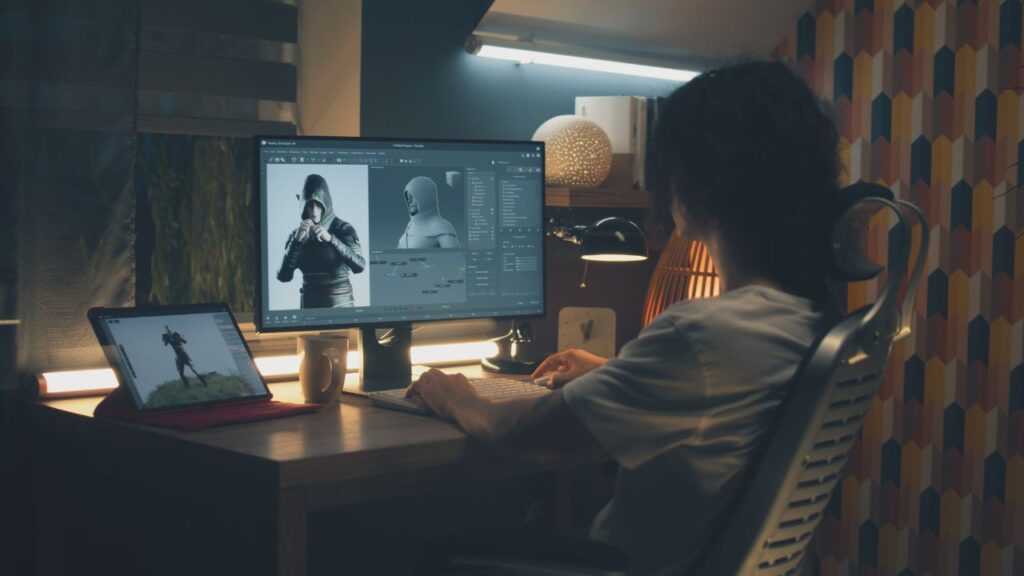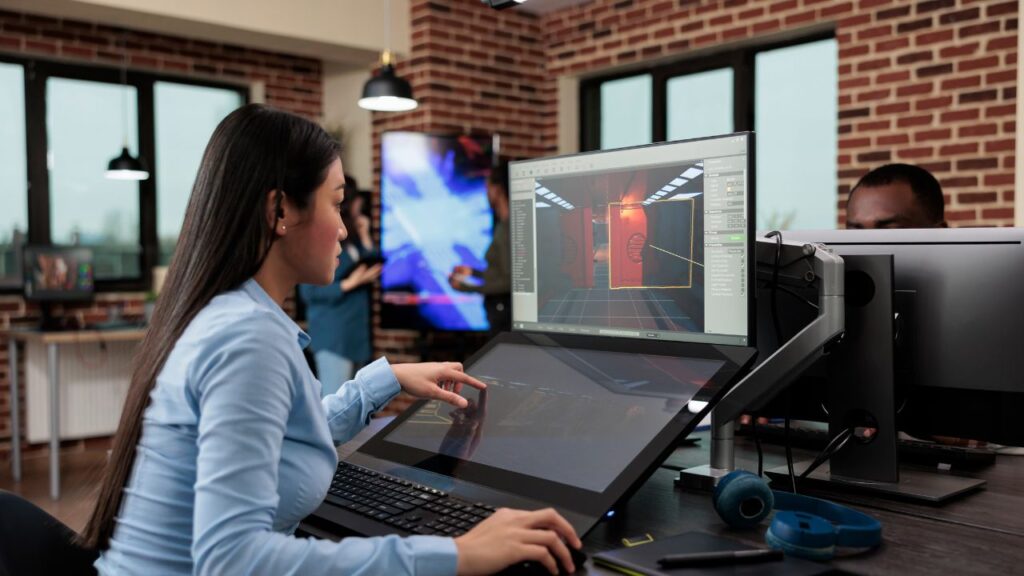Creating games as a student can be expensive and time consuming. Many students want to build games but struggle with the high costs of professional art, sounds, and other game elements. The good news is that thousands of free game assets are available online specifically for student projects and learning.
Free game assets give students access to professional quality sprites, 3D models, sound effects, and other resources without spending money. These assets help students focus on learning game development skills instead of worrying about creating every piece of art from scratch. Students can find everything from character sprites and backgrounds to complete asset packs for different game types.
Finding and using these free resources correctly can make the difference between a basic school project and an impressive game that stands out. Students need to know where to look for quality assets and how to customize them to fit their specific projects. The right approach helps students create better games while learning valuable development skills along the way.
Where Can Students Find Free Game Assets?
Students can access thousands of free game assets through dedicated websites, educational resources, and community projects. These platforms offer everything from 2D sprites to 3D models without any cost.
What Are the Best Websites for Free Game Assets?
Itch.io stands out as the top choice for student developers. The platform hosts over 350,000 free assets including sprites, sound effects, and complete asset packs. Students can search by category, style, or game type to find exactly what they need.
OpenGameArt focuses specifically on open-source game content. All assets come with clear licensing information. This makes it perfect for student projects where copyright matters.
Kenny.nl offers high-quality pixel art and 3D models. The site provides consistent art styles across different asset packs. Students can build entire games using just Kenny’s assets.
CraftPix gives students access to professional-grade 2D art. The free section includes character sprites, backgrounds, and UI elements. Most assets work well for mobile and web games.
GameDev Market features both free and paid assets. The free section gets updated regularly with new content. Students can find assets for Unity, Godot, and other popular engines.
Do Universities Provide Game Development Resources?
Many universities offer free asset libraries through their computer science departments. Students enrolled in game design courses often get access to premium asset collections at no cost.
Educational licenses from companies like Unity and Unreal Engine include free asset stores. These platforms provide thousands of models, textures, and scripts specifically for learning purposes.
Student discounts apply to many paid asset websites. Students can often get 50-90% off regular prices with valid school email addresses.
Some schools partner with industry professionals who donate assets for student use. These partnerships give students access to commercial-quality content for their projects.
Where Can Students Find Community-Made Assets?
Reddit communities like r/GameAssets share free resources daily. Students can request specific assets or offer their own creations to help others.
GitHub repositories contain thousands of open-source game assets. Students can download entire collections or contribute their own work to existing projects.
Discord servers focused on game development often have asset-sharing channels. These communities provide real-time help and feedback on student projects.
Game jams produce lots of free assets that creators share afterward. Students can browse past jam submissions to find unique sprites and sounds for their games.
How Can You Properly Use and Customize Free Game Assets?
Finding the right assets is just the first step. Students need to understand how to legally use these resources and make them work well in their projects.
What Should You Know About Licensing and Usage Rights?
Different websites use different license types for their free assets. Some assets allow commercial use while others only permit personal or educational projects.
Creative Commons licenses are common for free assets. CC0 means you can use the asset for anything without giving credit. CC BY requires you to credit the creator.
Many asset sites clearly mark their license terms. Look for phrases like “royalty free,” “commercial use allowed,” or “attribution required.”
Always check the license before downloading. Some creators ask for credit in your game or project files. Others might restrict how you modify their work.
Educational use often has more freedom than commercial projects. Most free assets work fine for student assignments and school projects.
Keep a simple text file with asset credits and license info. This helps you track what you can and cannot do with each asset.
How Do You Integrate Assets Into Your Projects Successfully?
Different game engines handle assets in their own ways. Unity uses specific folder structures while Godot has different import settings.
Check the file format before downloading. 2D games typically use PNG or JPG images. 3D projects need OBJ, FBX, or similar model files.
Test assets in a small project first. This helps you spot any problems with size, quality, or compatibility.
Scale and resolution matter a lot. Mixing high resolution assets with low resolution ones makes games look uneven.
Group similar assets together in your project folders. Keep characters separate from backgrounds and sound effects.
Some assets come as sprite sheets or texture atlases. You might need to split these into individual pieces for your game engine.
Can You Modify Assets to Make Them Unique?
Most free assets allow basic changes like color adjustments and size modifications. Photo editing software like GIMP or Photoshop works well for 2D assets.
Simple color changes can make generic assets fit your game better. Changing a red car to blue takes just a few clicks.
Combining multiple assets creates new looks. You might mix different character parts or blend textures together.
For 3D models, free tools like Blender let you modify shapes and add details. You can change textures, adjust proportions, or add new elements.
Keep backup copies of original assets. This lets you try different modifications without losing the starting point.
Document your changes for future reference. Note which assets you modified and how you changed them.



